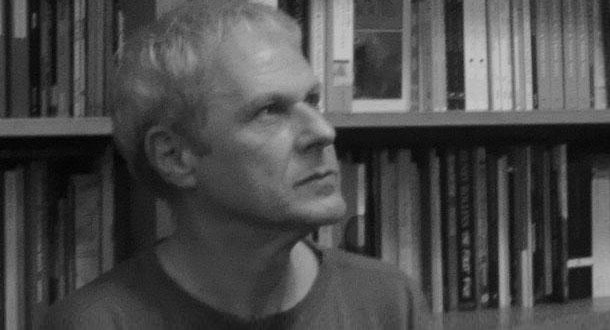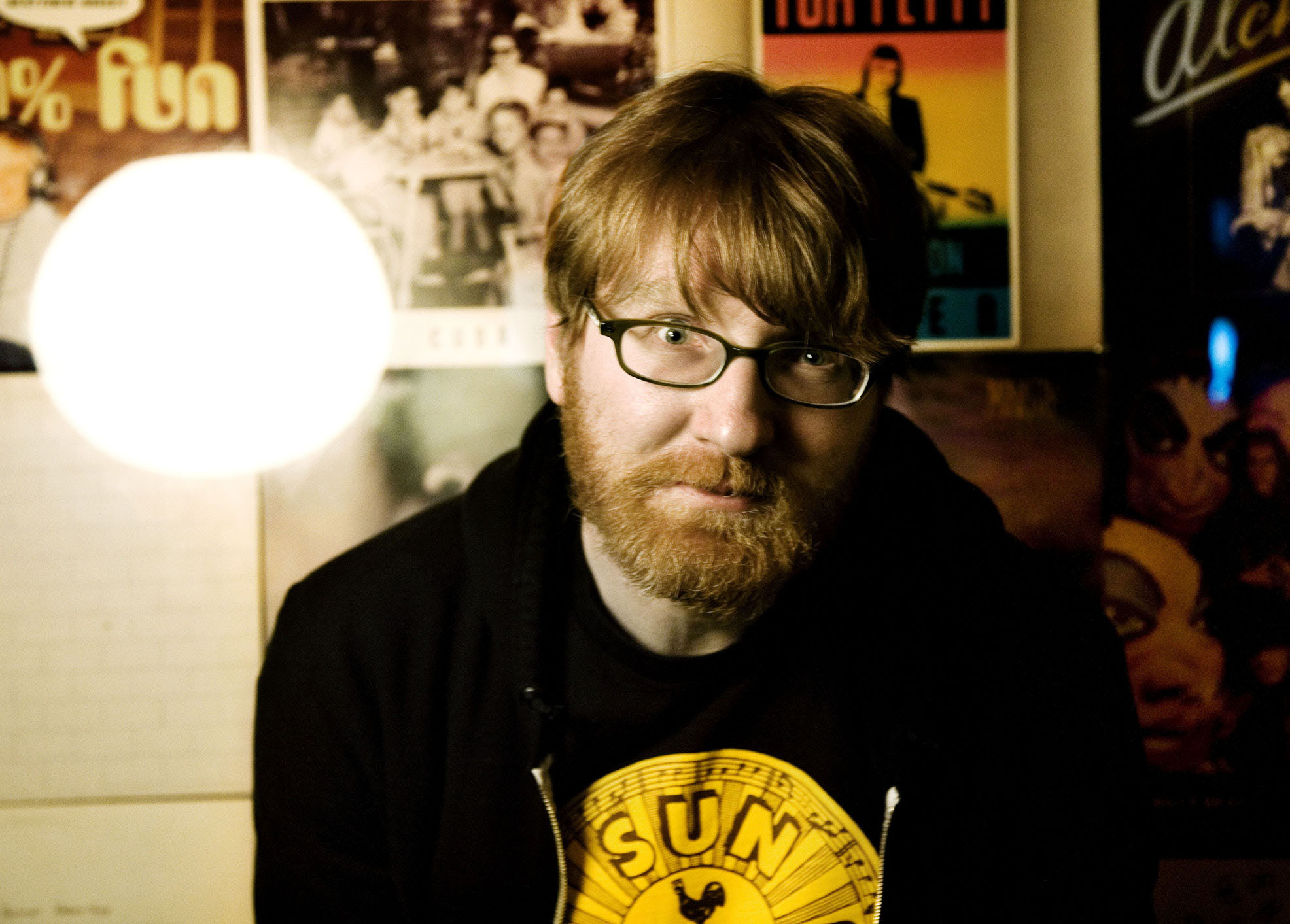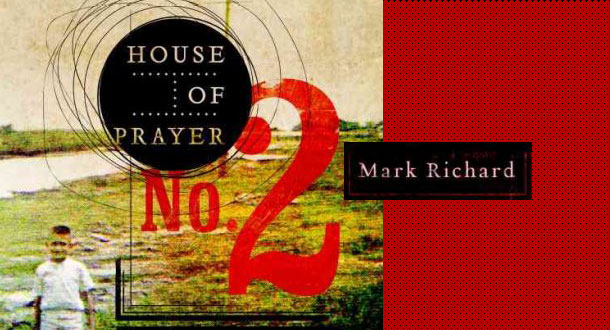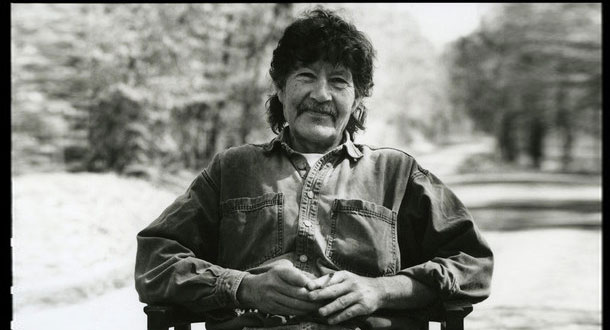I'm a junkie for hitman stories (The Professional is my favorite film of all time) so Chris Holm's Michael Hendricks books almost feel like they're written for me. Smart, tense thrillers starring a dude who hits hitmen. Essentially, when you're targeted for assassination, he offers to kill the rival hitman—for 10 times the price on your head.
If you can pay, great: He doesn't miss. If you can't or don't want to, oh well. Good luck.
The first entry in the series, last year's The Killing Kind, saw Hendricks square in the sights of another hitman, hired by a shadow council of criminal organizations. Red Right Hand, the second entry in the series due out tomorrow, finds him tracking down and exterminating members of said council, though things aren't going great—he's lost his partner, and with that, his voice of reason.
I don't want to say much more than that, but I will say it's fast, brutal, and timely. The thing that grabbed me most was how propulsive the narrative is—I read it in two sittings. So I decided to talk to Chris about that, specifically: The mechanics of crafting a thriller.
This is a complicated book—multiple perspectives, a lot of technical jargon, a narrative that frequently surprises and doubles back... so first thing first—how much of the book is mapped out beforehand? Do you outline a lot, or do you find the story as you go?
I found out early on in my career that I’m incapable of outlining. That said, by the time I start writing, I usually have a decent handle on the novel’s major beats. Red Right Hand was the exception. All I had going in was an idea for the first chapter—in which no series characters appear—and the book’s last line. Everything else, I wung. (Winged?)
That sounds crazy, I know. But my editor said something when we were working on The Killing Kind that helped me prevent the narrative from spinning out of control. He suggested I sequence chapters told from multiple points of view as if they were lines of dialogue. First the protagonist speaks, then the antagonist, and so on. Lesser characters might chime in from time to time if they’ve got something to contribute to the conversation. I dunno—maybe that was already obvious to everyone but me. Maybe I’m the kid in class who can’t be trusted with the paste. But I’ll tell you, it blew my mind, and changed the way I thought about story structure.
In The Killing Kind, Hendricks is at the top of his game. In this one he's hobbled—injured, without ideal weapons, frequently planning on the fly. What inspired that choice, and how early in the process did you plan on doing that to him?
When we meet Hendricks in The Killing Kind, he has a partner in crime, a buddy, a support structure. Then (uh, spoiler) Hendricks loses him in grand fashion.
Hendricks isn’t a guy who fares well when he’s left to his own devices. He’s angry and full of self-loathing, which makes him reckless. I realized very early on that I wanted his recklessness in Red Right Hand to have serious consequences, in part because it sends the audience the message that no one in the book—not even my protagonist—is truly safe, and in part because I needed him to realize that—even though he’s terrified of putting those he cares about in harm’s way—he’s incapable of going it alone.
There was also some sequel-y one-upmanship involved. In The Killing Kind, we found out what a healthy Hendricks could do when faced with a cunning, sadistic antagonist. In Red Right Hand, I thought, “Let’s see how well he fares against an army while he’s badly injured.”
The book is dense and yet there's a feeling that there's no wasted space. How do you find the balance between informing the reader, and moving the story forward?
Thanks! That’s kind of you to say.
The fact is, my first draft was pretty bloated—and a good ten thousand words longer—so if I managed to strike a decent balance, it was the result of brutal editing. It’s not uncommon for my books to go through six or seven drafts. Red Right Hand only went through three or four, but they were painful.
A lot of the credit goes to my early readers. I’m very lucky to have some heavy hitters in my corner. My wife reviews crime fiction for a number of outlets, including Publishers Weekly. My agent used to be editor-in-chief at Doubleday. My editor has worked with the likes of Tana French and Michael Koryta. When people with that much combined know-how tell you something isn’t working, you’d be stupid not to listen to them. (Full disclosure: sometimes I don’t listen to them.)
All those words that get cut—do they get repurposed, or are they gone forever?
Occasionally, I'll recycle a line I can't bear to part with, but for the most part they're gone forever. I used to keep a file of excised fragments on my computer desktop. Now I don't bother. It was nothing more than a security blanket. Anything worth keeping, I'll remember (or inadvertently recreate).
Looking at it from the chapter level: Do you have a checklist, or anything in mind that you need to accomplish in each one, before you move on to the next?
I don’t have a checklist or anything, but generally, I like every scene to accomplish at least two (and, if possible, all four) of the following: advance the story, inform character, surprise the audience, and/or smuggle in key information that I intend to exploit later (which, okay, also technically advances the story, but the audience may not realize it at the time).
The reason I specified at least two is, crime fic fans are pretty savvy. If a scene only accomplishes one thing, its purpose will be immediately apparent to the audience. But if all your scenes are multitaskers, it’s way easier to catch your readers off guard. I like to think of it as the rodeo clown effect.
Mulholland is having a hell of a year—Revolver by Duane Swierczynski and Underground Airlines by Ben Winters being two recent standouts. How does it feel to be part of that lineup, and what's the working relationship with them like?
Honestly? I’m honored, humbled, and a little puzzled to find myself here. I’ve been a huge fan of Mulholland since long before I signed with them. They’ve published such legendary writers as Lawrence Block, James Lee Burke, and Daniel Woodrell—not to mention J.K. Rowling. And they’ve got a knack for signing authors who push the genre forward. Ben and Duane are excellent examples. So’s Lauren Beukes, whose ability at the sentence level is matched only by her prodigious imagination.
It’s no surprise they attract some major talent, because they’re a terrific team to work with. My editor, Josh Kendall (who also happens to be Mulholland’s editorial director) is a story genius whose input has upped my game immensely. Mulholland’s marketing director, Pam Brown, is constantly finding clever, innovative ways to spread the word about my books without coming across as slick or insincere (in a crowded market, that’s no small feat). And Sabrina Callahan, director of publicity for Mulholland and Little, Brown, is a tireless advocate with a knack for pulling rabbits out of hats.
They also happen to be awesome people to grab a drink with, which doesn’t hurt.
Hendricks' overall mission—taking down a shadow council of criminals—is the kind of framework that could last a very long time. Do you have a sense of how many books are in this series, or are you going to let Hendricks dictate that?
That’s entirely up to Hendricks. The last thing I want to do is drag his mission out until people lose interest. I’d way rather pull an Alias and burn down my own premise unexpectedly just to prove I could.
That said, I think the key question of the series is, “Will Hendricks be redeemed?” (Or maybe “Can Hendricks be redeemed?”) Truth is, I don’t know—so I’d be delighted to keep writing the guy until I figure out the answer.
The question of redemption is an interesting one. Yes, Hendricks is killing people. But he's generally killing people who do bad things. He also has a strict moral code and doesn't want innocent people to get hurt.
I write a character who often does bad things in the pursuit of doing good things. I don't always see him as heroic, but other people have described him that way. So I've been thinking a lot about these kinds of characters, and specifically, the line from True Detective, where Rust Cohle says: "World needs bad men. We keep the other bad men from the door."
So this was a long-ass way of asking: Is Hendricks that bad a guy? What does redemption look like for a guy like him?
There's a point in Red Right Hand when Stuart, the husband of Hendricks' former flame, says "Sorry, Evie, but your ex-boyfriend's not some tortured soldier with a heart of gold—he's a bugfuck whackadoo who murders people for money." That line cracks me up because literally no one in the audience is rooting for Stuart, but he's not wrong.
Is Hendricks a bad man? That's hard to say, but he definitely does bad things—some justifiable, some not. I'm not yet sure what redemption looks like for him. Personally, I'm dubious that it's possible for anyone to redeem themselves by violent means.
If that's the case, what's so attractive about writing/reading characters like this?
I believe there are truly selfless people in this world who give of themselves until they have nothing left, and monsters capable of committing heinous acts without remorse—but most people occupy the vast gray middle in between. Characters like Hendricks afford us the opportunity to safely explore the darker areas of that middle. They're a dare. A gut-check. A what-if.

About the author
Rob Hart is the class director at LitReactor. His latest novel, The Paradox Hotel, will be released on Feb. 22 by Ballantine. He also wrote The Warehouse, which sold in more than 20 languages and was optioned for film by Ron Howard. Other titles include the Ash McKenna crime series, the short story collection Take-Out, and Scott Free with James Patterson. Find more at www.robwhart.com.

.jpg)




